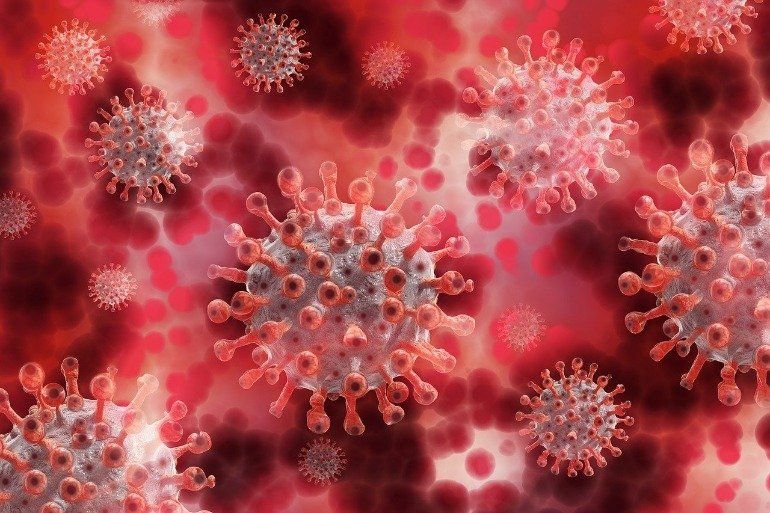Is this the end of manned fighter planes? 🙂
“The F-35” would have no chance” against a “drone fighter plane that’s remote controlled by a human.”

Quantum Encryption, Privacy Preservation, And Blockchains — Dr. Vipul Goyal, NTT Ltd. Cryptography & Information Security Labs
Dr Vipul Goyal is a senior scientist at NTT Research (a division of Nippon Telegraph and Telephone Corporation, a telecommunications company headquartered in Tokyo, Japan.) and an Associate Professor in the Computer Science Department at Carnegie Mellon University (CMU), where he is part of the Crypto group, the theory group, a core faculty at CyLab (CMU security and privacy institute) and the faculty advisor of CMU Blockchain Group.
Previously, Dr. Goyal was a researcher in the Cryptography and Complexity group at Microsoft Research, India.
Dr. Goyal received his PhD from the University of California, Los Angeles.
Dr. Goyal is broadly interested in all areas of cryptography with a particular focus on the foundations of cryptography. Currently his research topics include secure multi-party computation, non-malleable cryptography, and foundations of blockchains.
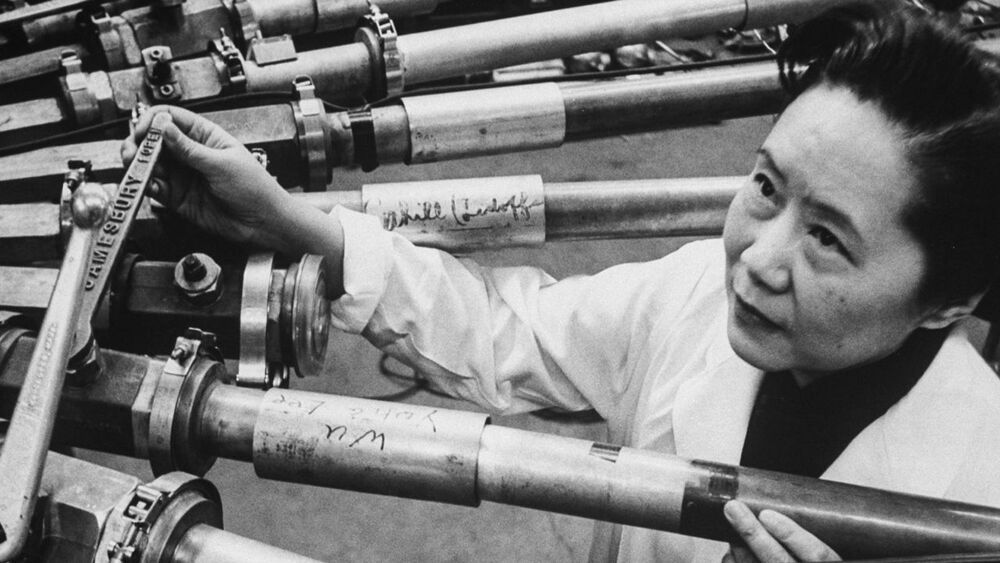

The Treaty on the Prohibition of Nuclear Weapons represents a refusal to live forever under this nuclear shadow. It reflects a belief that the status quo represents a grave inequity, in which nuclear costs are imposed upon all, while the benefits of nuclear arms accrue to the few states privileged to possess them.
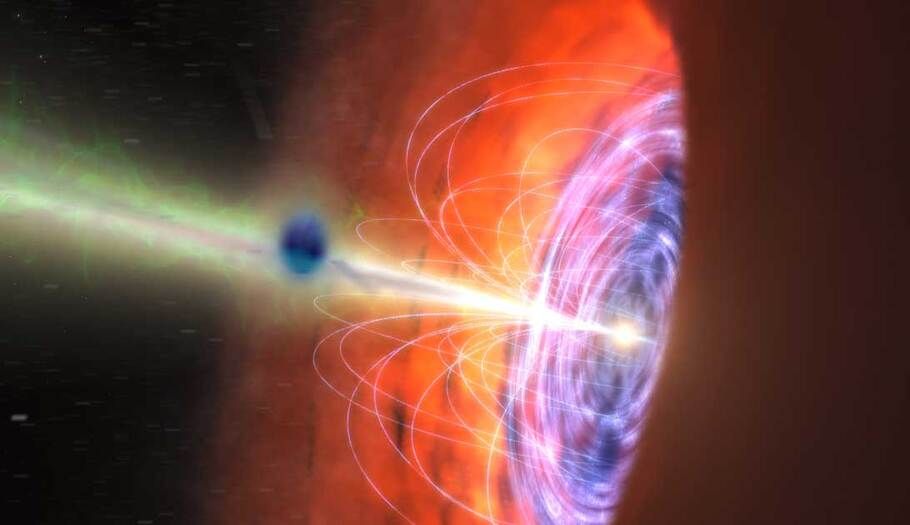
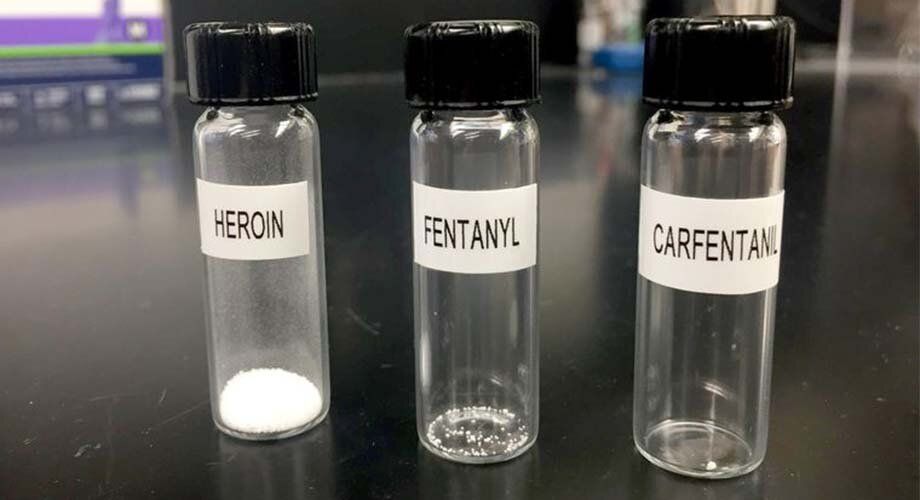
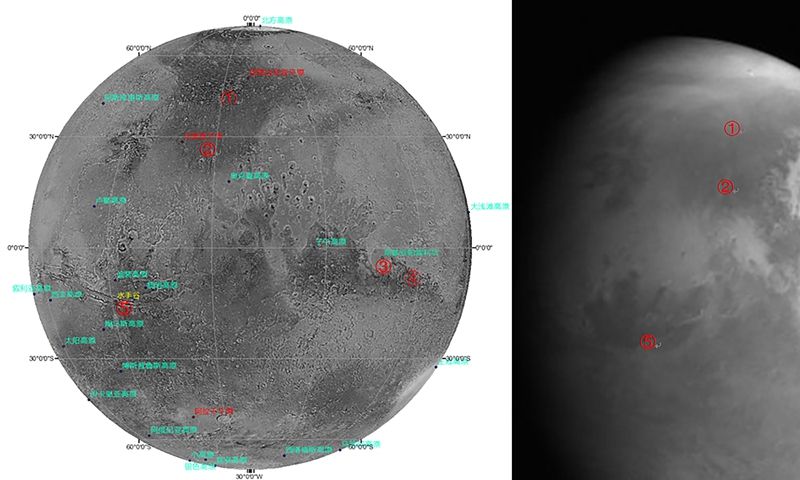

Renewable energy is now the cheapest energy on the planet. Countries all over the globe are rapidly converting from destructive and limited fossil fuels to wind turbines, solar power and even more creative options, including the UK which is now powered more by renewables than other sources.
Despite being one of the best sources of renewable energy, wind turbines have received significant pushback from opposition that claims they kill native bird populations. It is a valid criticism – research has shown collisions with turbine blades do kill birds, albeit at a fraction of the rate fossil-fueled power plants do.
In an attempt to minimize the ecological impact of wind turbines, a new smart camera system developed by IdentiFlight detects the presence of birds, identifies if they are endangered, and shuts down the spinning blades before impact. According to a study published in the Journal of Applied Ecology, deploying a curtailment system near a wind turbine site led to a decrease in Eagle fatalities of 82 percent, suggesting the camera systems could have a drastic effect on saving protected bird species.
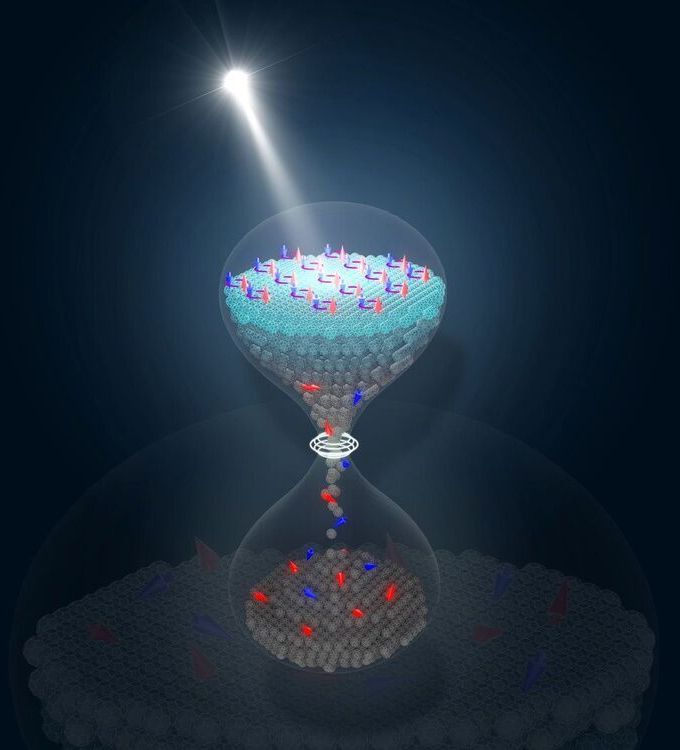
Superconductivity—the ability of a material to transmit an electric current without loss—is a quantum effect that, despite years of research, is still limited to very low temperatures. Now a team of scientists at the MPSD has succeeded in creating a metastable state with vanishing electrical resistance in a molecular solid by exposing it to finely tuned pulses of intense laser light. This effect had already been demonstrated in 2016 for only a very short time, but in a new study the authors of the paper have shown a far longer lifetime, nearly 10.000 times longer than before. The long lifetimes for light-induced superconductivity hold promise for applications in integrated electronics. The research by Budden et al. has been published in Nature Physics.
